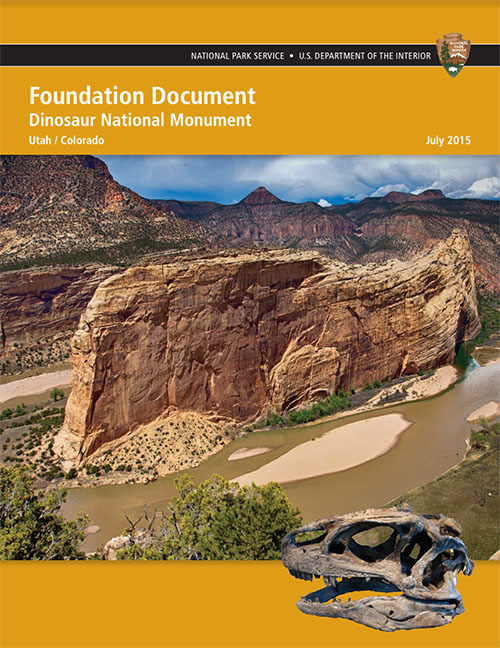Site Search
Foundation Document Collection
close menu
Photo Credit: Organ Pipe Cactus National Monument
As each of the 423 sites in the National Park System have either completed or are in the process of completing a foundation document, the collection provides an invaluable resource for exploring the significance of each site. Due to the near universally identical formatting used across the documents, outsideNPS has chosen to undertake a project provide a singular repository for the entire collection which at the present moment does not exist.
Upon on initial search, across both NPS.gov and the Integrated Resource Management Applications (IRMA) Database, outsideNPS was only able to locate roughly 30% of the foundation documents. Through this project, we hope to provide the public with as a near a complete collection as is reasonably possible!
If you’re interested in supporting this project and others like it, we’d be honored to have you as a supporter.

Every unit of the national park system will have a foundational document to provide basic guidance for planning and management decisions. The core components of a foundation document include a brief description of the park as well as:
A primary benefit of developing a foundation document is the opportunity to integrate and coordinate all kinds and levels of planning from a single, shared understanding of what is most important about the park. The process of developing a foundation document begins with gathering and integrating information about the park. Next, this information is refined and focused to determine what the most important attributes of the park are. The process of preparing a foundation document aids park managers, staff, and the public in identifying and clearly stating in one document the essential information that is necessary for park management to consider when determining future planning efforts, outlining key planning issues, and protecting resources and values that are integral to park purpose and identity.
The park purpose is the specific reason(s) for establishing a particular park. A park purpose statement is grounded in a thorough analysis of the park’s legislation (or executive order) and legislative history, and may include information from studies that were generated prior to the park’s establishment. The park purpose statement goes beyond a restatement of the law to document shared assumptions about what the law means in terms specific to the park.
The park significance statements express why the park’s resources and values are important enough to warrant national park designation. Statements of the park’s significance describe why an area is important within a global, national, regional, and systemwide context. Significance statements are directly linked to the purpose of the park and are substantiated by data or consensus that reflect the most current scientific or scholarly inquiry and cultural perceptions, which may have changed since the park’s establishment.
Primary interpretive themes connect park resources to relevant ideas, meanings, concepts, contexts, beliefs, and values. They support the desired interpretive outcome of increasing visitor understanding and appreciation of the significance of the park’s resources. In other words, they are the most important messages to be communicated to the public about the park. Primary interpretive themes are based on park purpose and significance.
Fundamental resources and values are features, systems, organisms, processes, visitor experiences, stories, scenes, sounds, smells, or other attributes of the park determined to warrant primary consideration during planning and management because they are critical to achieving the park’s purpose and maintaining its significance.
Special mandates are legal requirements and administrative commitments that apply to a specific unit of the national park system. They are mandated by Congress or by signed agreements between the National Park Service and other entities. They are specific to the park, and are not an inventory of all the laws applicable to the national park system.